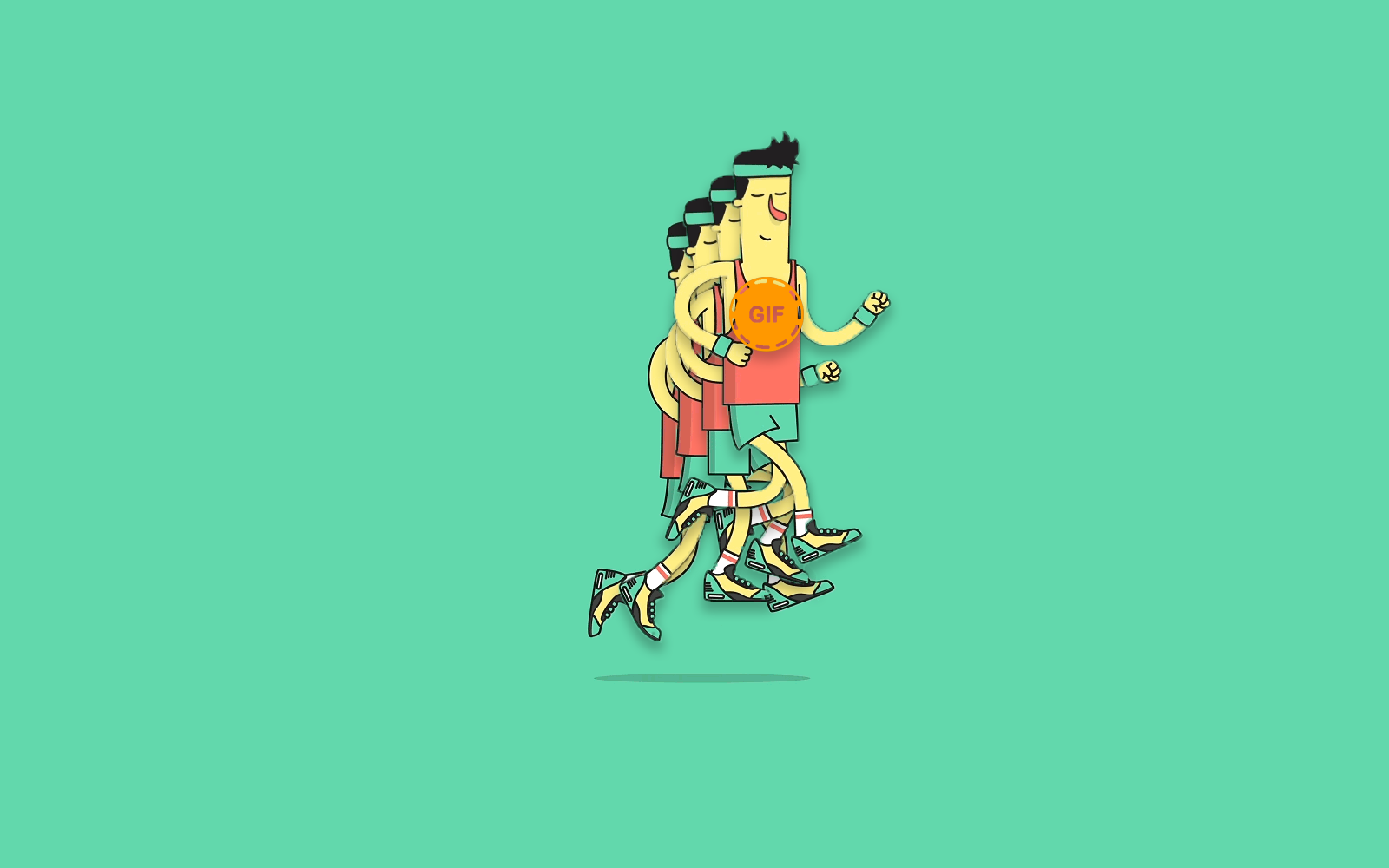What is GIF?


The image format has two versions, the original one(1987) called 87a and an upgraded version(1989) called 89a. GIF29a added support for animation delays, transparency, more metadata and text.
How to open a GIF file?
Mostly due to their popularity, GIFs can be viewed easily using most web browsers. Most device's image galleries can also view GIFs. Static GIFs can be made using most image editors including Paint. Software like Adobe Photoshop and GIMP can create animated(multiframe) GIFs.Why did GIFs become popular

But, by the end of December 1994, CompuServe and Unisys announced that developers would have to pay a license fee in order to continue to use technology patented by Unisys in compression software supporting the GIF format. This caused widespread confusion and led to the development and popularity of other formats like PNG.
By 2004 as all the relevant patents had expired, thus in upcoming years GIFs regained popularity and support. They became popular as animated GIFs were like a mix of static images and videos. They were smaller on size than videos and thus attracted a lot of attention. GIFs brought short animations to social media and their popularity continues to grow as they are now considered a class apart from static images. Thus, GIFs are here to stay!
0 comments:
Post a Comment